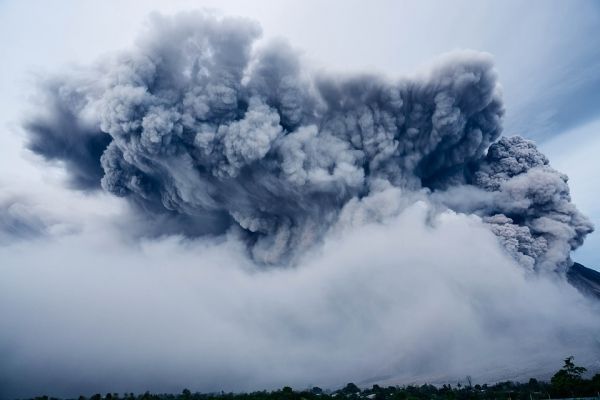Volcanic eruptions eject sulfur dioxide gas high into the atmosphere, forming sulfate aerosol chemically and block the incoming sunlight like a parasol. This causes surface cooling globally, but the response of global monsoon rainfall is different following volcano eruptions at different latitudes, according to a quantitative research by ZUO Meng, a PhD candidate from the Institute of Atmospheric Physics, Chinese Academy of Sciences, along with her mentors Prof. ZHOU Tianjun and associate Prof. MAN Wenmin.
Their work is recently published in Journal of Climate.
Monsoon rainfall and volcano eruption
Monsoon rainfall imposes great impacts on society since it affects over two-thirds of the world’s population. Insufficient monsoon rainfall brings drought and famines to many parts of the world, while too much rainfall causes floods.
Following tropical volcanic eruptions, the monsoon circulation weakens and rainfall decreases consequently. But when we take the latitude of eruptions into consideration, the monsoon rainfall response changes accordingly. This phenomenon has been found in previous studies but the physical mechanism still remains inconclusive (Figure 1). Also the knowledge of the monsoon rainfall response to volcanic eruptions is crucial for adaptation.
Read more at Institute of Atmospheric Physics, Chinese Academy of Sciences
Photo credit: Pexels via Pixabay


